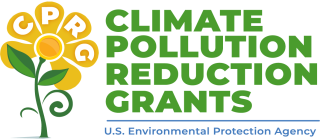
Please join us at the MPCA Transportation Sector Brainstorming Webinar this Monday October 23 (11 a.m.): and Share your your ideas on the MPCA page https://engage.eqb.state.mn.us/climate-priorities
and the MPCA’s Form & our RCC Google Doc
RCC brainstorming Multi City Transportation Projects to consider for EPA CPRP strategies and implementation grants Please add to our Google Doc https://rccmn.co/transportation/
- Transportation Session RII Background Slides on City Progress & next steps
- Transportation Session High Impact City Actions
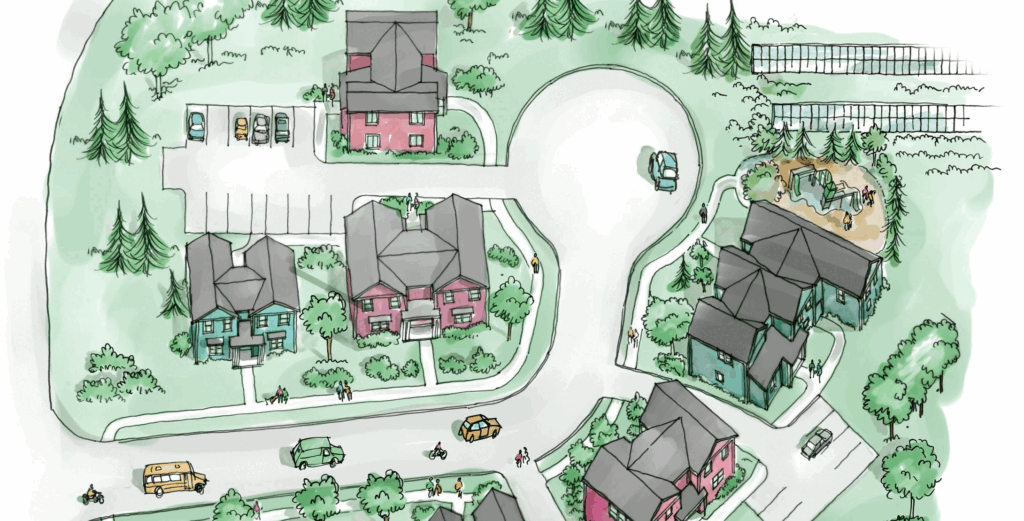
Land Use
Action 9. Compact Development Adopt policy that demonstrably increases overall city residential and/or commercial density. GSC BP#7
Action 10. Update Zoning to Enable Transit Oriented Development & Complete Neighborhoods – Adopt mixed-use by-right zoning, along with TIF districts, to increase complete neighborhoods. GSC BPA#8
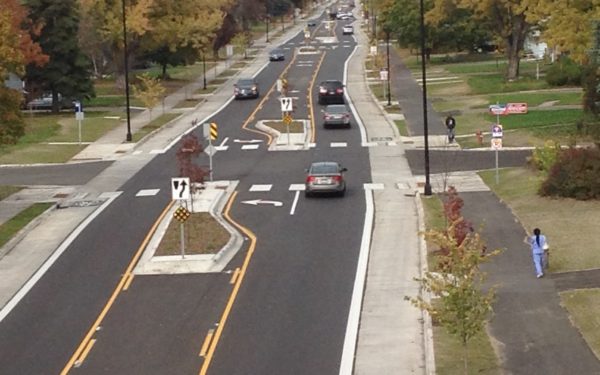
Transportation
Action 11. Adopt a complete streets policy that includes green infrastructure. GSC BP#11
Action 12. Continually increase bike/walk/transit infrastructure funding. GSC BP#11
Action 13. Reduce or eliminate parking minimums. Resource GSC New Approaches to Parking Management.
Action 14. Price curb and structured parking. Resource New Approaches to Parking Management.
Action 15. Adopt a travel demand management &/or transit-oriented development ordinance. GSC BP#14
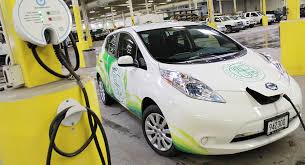
Action 16. Adopt make-ready EV conduit standards for parking lots and/or commercial/multi-family. Resource Drive Electric MN Becoming E.V. Ready Sample Ordinances
Action 18. City-County Coordinated E.V. Infrastructure planning & investments and vehicle procurement to expand City & County E.V. Fleets, E.V. Charging Infrastructure, E.V. Car Sharing and Electric Busses. Resources MNDOT E.V. Infrastructure Planning Drive Electric MN/Cities Charging Ahead
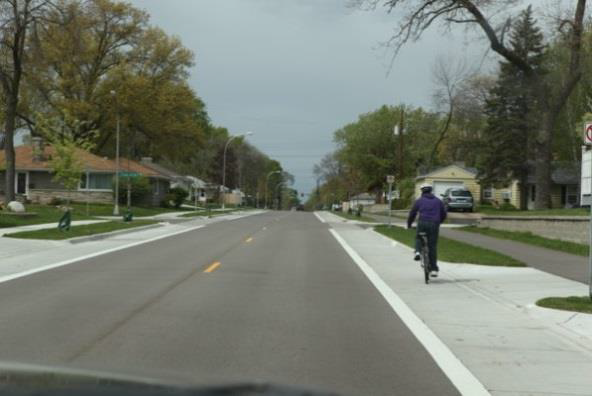
Action 17. Coordinated VMT Reduction – City & County representatives meeting to coordinate & align county transportation investments and city land use policies to reduce VMT, expand access, equity, safety, mode shifts, (transit, bike, ped, telework, hybrid commuting) E.V. car sharing, mobility hubs, shared & advanced mobility and make the most of Transit Oriented Development & large site re-developments.
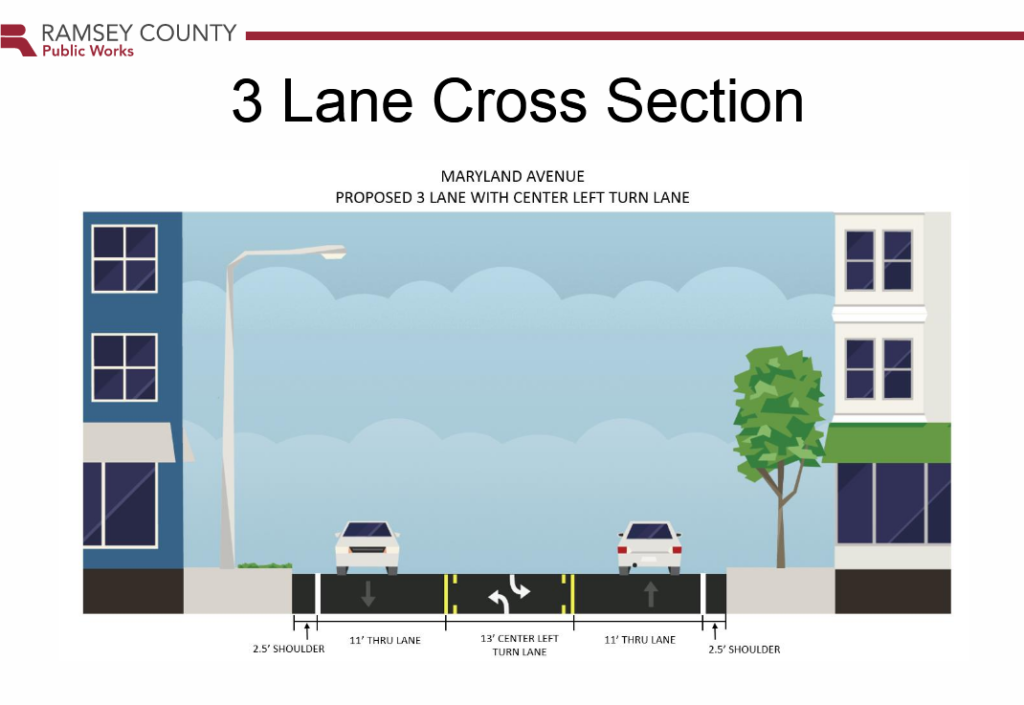
- Coordinate City/County/Community planning for road improvements (mill & overlays, reconstruction) to advance complete streets, bike/ped. safety, transit access, 3 to 4 conversions, green infrastructure, flood mitigation. Resources GSC BP#11.6, Richfield Sweet Streets, Hennepin Co Complete/Green Streets Policy, Ramsey Co Road Maintenance Active Living Ramsey Communities
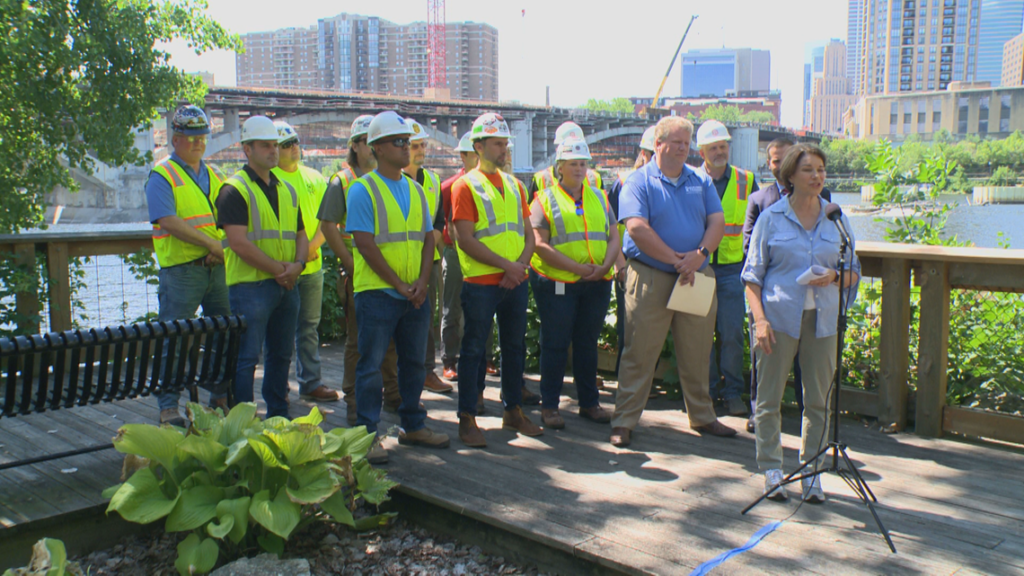
- Action 19. Support sustained transit & transportation investments (federal, state, metro & county) & monitor & re-prioritize transportation investments to reduce VMT & GHGs & expand electrification, access & equity. Resources Move MN, Federal IIJA $ in MN, Bus Fleet Electrification & Plan, Met Council Transit Project Plans
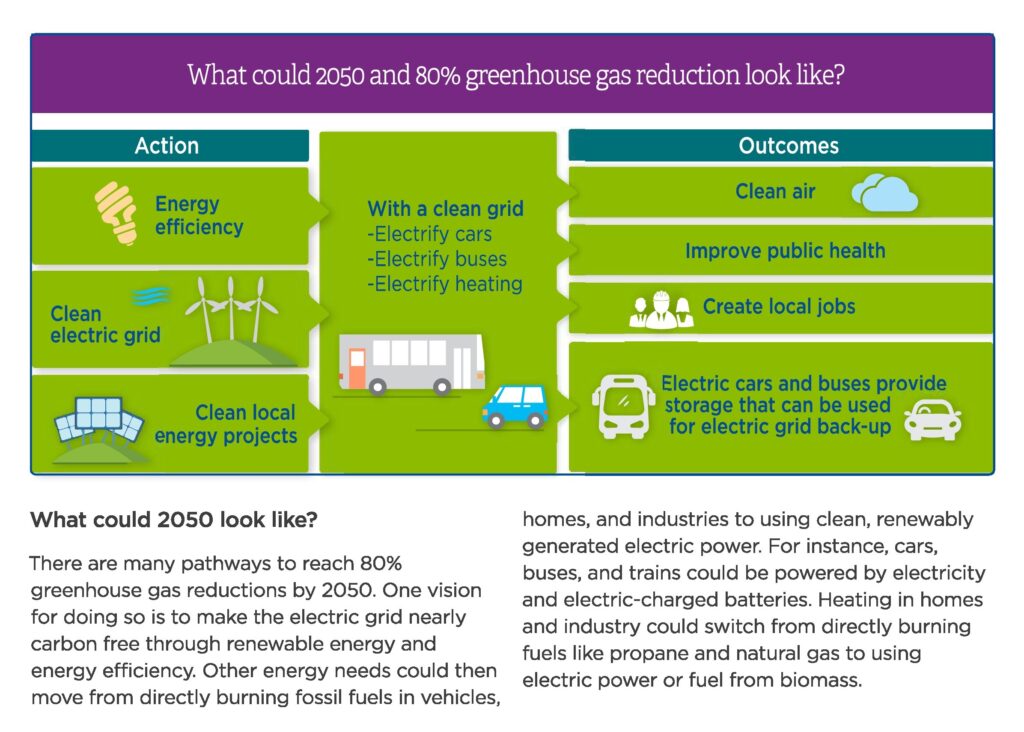
- TRANSPORTATION & LAND USE Overview
- Now – Transportation is the #1 emitter of greenhouse gas (GHG) emissions in Minnesota. In 2016, Minnesota generated 154.2 million tons of CO2e with 40.3 million tons of CO2e (26%) coming from the transportation sector. MNDOT Pathways to Decarbonizing Transportation Report
Goal – cut GHG’s from transportation 50% by 2030 & become net zero by 2050.
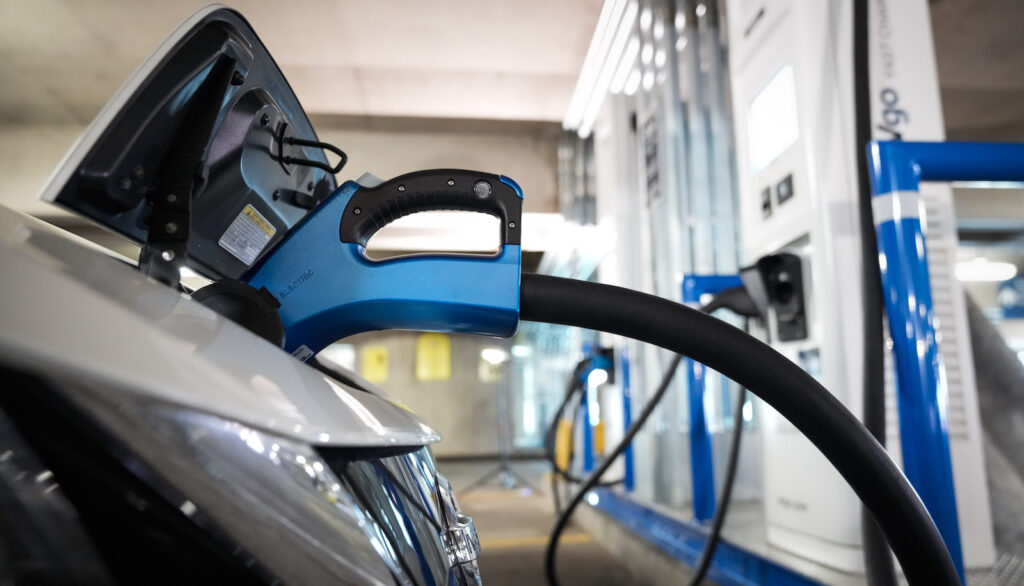
- How – Update Zoning for Compact/Mixed Use Development, Complete Streets & Neighborhoods, Transit Corridor Investment/TOD, E.V. Access/Car Sharing, Update Parking Policies, Mobility Hubs, Expand E.V. Fleets & Busses, Build Out E.V. Charging Network, Electrify Medium & Heavy Duty Vehicles, Travel Demand Management, Hybrid Commuting, Re-Focus Transportation Investments to reduce VMT & GHGs & expand access, equity, safety & resilience
- New Opportunities – Federal IIJA Transportation Funds, Federal IRA’22 E.V. Tax Credits
- Co-Benefits – clean air, livable, complete neighborhoods, reduced commute time & costs, resilience and increased access, health, safety, equity & community connections
